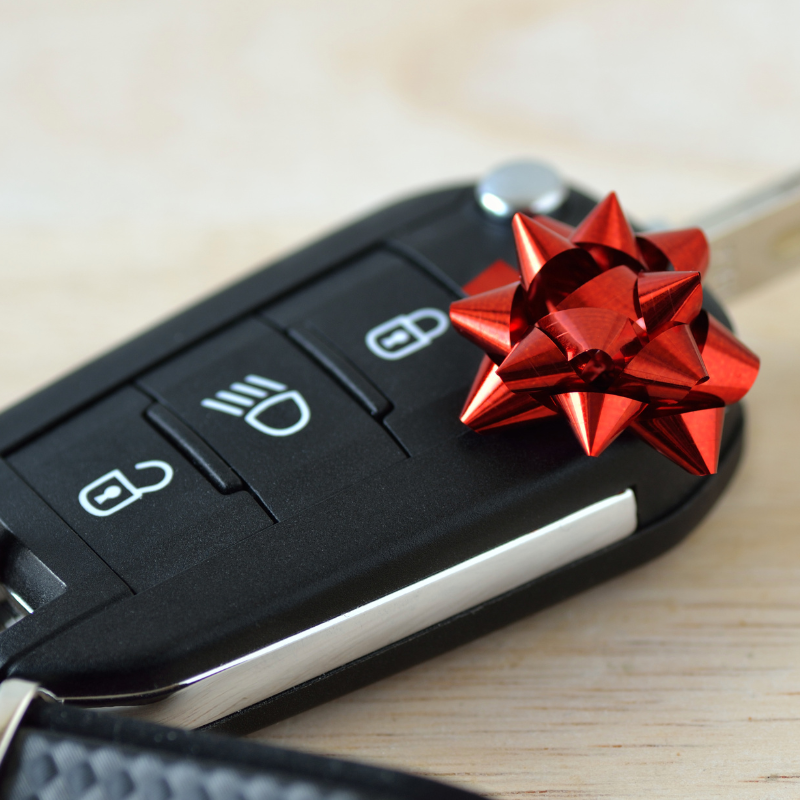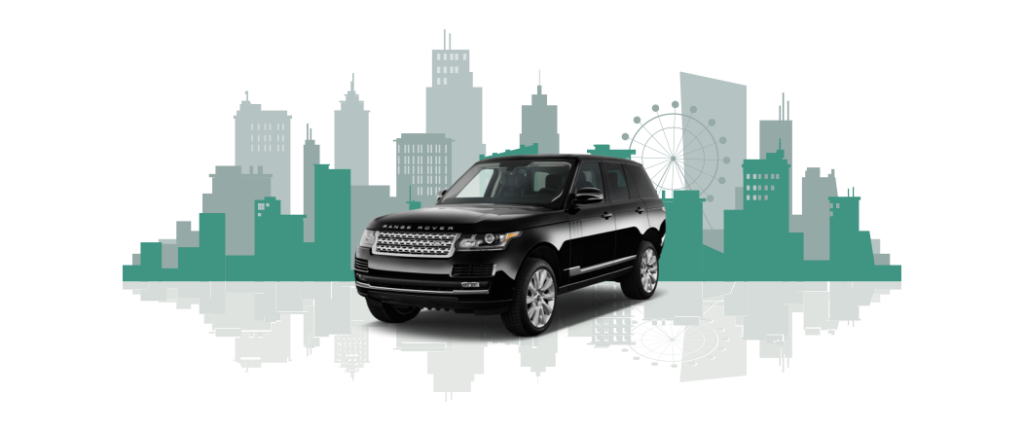Should You Lease or Buy Your Next Car? (Why Buying Might Be the Better Choice For You)
If you’re thinking about getting a new car, you’ve probably come across two main options: leasing or buying. On the surface, they can look pretty similar, you pay monthly, drive away in a nice vehicle, and get on with your life. But dig a little deeper, and the differences really start to matter.
The truth is, the right choice depends on how long you want to keep the car, how much flexibility you need, and whether you want to own it at the end. In this guide, we’ll break it all down in plain English, no jargon, no pressure, so you can make the decision that actually fits your life.

What Does Leasing a Car Involve?
Leasing is basically like renting a car for a few years. You agree to a fixed monthly cost for a set period (usually 2–4 years), stick to a mileage limit, and hand the car back at the end.
It’s often called Personal Contract Hire (PCH) in the UK. You never own the car. It’s always the leasing company’s. You’re just paying to use it.
Leasing works well for people who:
-
Always want a brand-new car
-
Drive fairly predictable mileage
-
Don’t want the hassle of selling or part-exchanging
But there are catches. If you go over your mileage limit or the car has damage beyond ‘fair wear and tear,’ you’ll be charged. And because you don’t own the car, you can’t make any changes or upgrades to it.
What Does Financing a Car Mean?
Financing is a way to spread the cost of a car over time — but unlike leasing, there’s usually an option to own the car at the end.
There are two common types:
-
Hire Purchase (HP): You pay monthly, and once the final payment is made, the car is yours.
-
Personal Contract Purchase (PCP): You pay lower monthly payments, then decide at the end whether to hand the car back, trade it in, or make a final payment to buy it.
This route works well if:
-
You’d like to keep the car long-term
-
You want flexibility in what happens at the end
-
You don’t want to worry about mileage limits or customisation

Lease vs Buy – A Quick Comparison
Let’s break down the key differences.
Ownership:
When you lease a car, you never own it. You’re essentially renting it for a fixed period. With car finance, ownership is possible. If you choose Hire Purchase (HP), the car becomes yours once all payments are made. With Personal Contract Purchase (PCP), you have the option to buy the car at the end by making a final payment.
Mileage limits:
Leasing agreements usually come with strict mileage limits. Go over them, and you’ll pay extra. PCP finance deals also tend to have mileage restrictions, but they’re more flexible. If you go with HP, there are typically no mileage limits at all, since you’re working toward full ownership.
Customisation:
Leased cars need to be returned in good condition and as close to factory standard as possible, which means no modifications. When you finance a car, especially with HP, you’re free to personalise it however you like.
Monthly payments:
Leasing often comes with lower monthly payments, especially in the short term. Finance payments can be higher, particularly if you’re aiming to own the car outright, but they’re building towards something more valuable.
End-of-term options:
With leasing, your only option at the end is to return the car. With car finance, you usually have choices: you can keep the car, part-exchange it, or return it (depending on the type of agreement).
Long-term value:
Leasing gives you no long-term asset. You hand the car back and start again. Financing, on the other hand, gives you the potential for ownership. Once it’s paid off, the car is yours, and you can keep it or sell it on.
Pros and Cons of Leasing
Pros:
-
Lower monthly payments
-
No worries about resale
-
New car every few years
Cons:
-
No ownership — you’re just renting
-
Mileage limits and extra charges
-
Can’t modify or personalise the car
-
Not ideal if your plans change suddenly
Pros and Cons of Financing
Pros:
-
Option to own the car
-
More freedom and flexibility
-
No extra fees for mileage or wear
-
You can sell or trade in whenever you want
Cons:
-
Monthly payments can be higher
-
You’re responsible for selling or trading if you move on
-
You might need a deposit upfront
Which Option Is Better for You?
Leasing can be tempting, especially if you love the idea of always driving something new. And if you’re happy to treat your car like a rental, it can work fine.
But if you’re planning to keep the car for more than a couple of years, or if you want more control over how you use it, buying starts to make more sense.
And that brings us to something important.

Why Buying (Through Car Finance) Might Be the Smarter Choice
Here’s the thing: owning a car gives you freedom.
You can drive as far as you like. You can sell it, part-exchange it, or keep it running for years. You can fit roof racks, add baby seats, change the stereo, whatever suits your life.
There’s no “you’ve exceeded your mileage” fee. No “you’ll need to pay for that scratch” surprise. No handback inspection stress.
Buying through finance spreads the cost in a manageable way, but still gives you the benefits of ownership. And by the time you’ve finished paying it off, the car’s yours to keep, sell, or do what you like with.
If you’re in your 30s, 40s or 50s and want a reliable car that fits your life, buying, not leasing, is often the better long-term decision.
Want to Explore Your Finance Options?
At Motorly, we help you find the right finance deal without the confusion. No sales jargon. No pressure. Just helpful people and tools to make getting a car feel simple again.
You can check your eligibility, see your options, and apply online, all in your own time.
